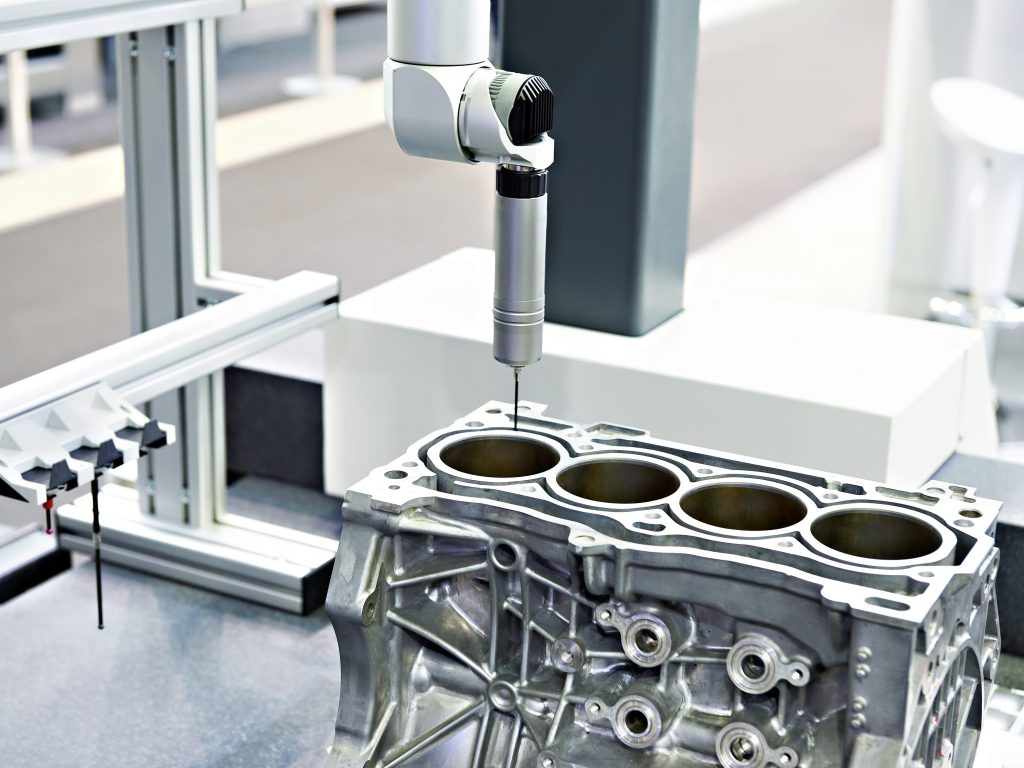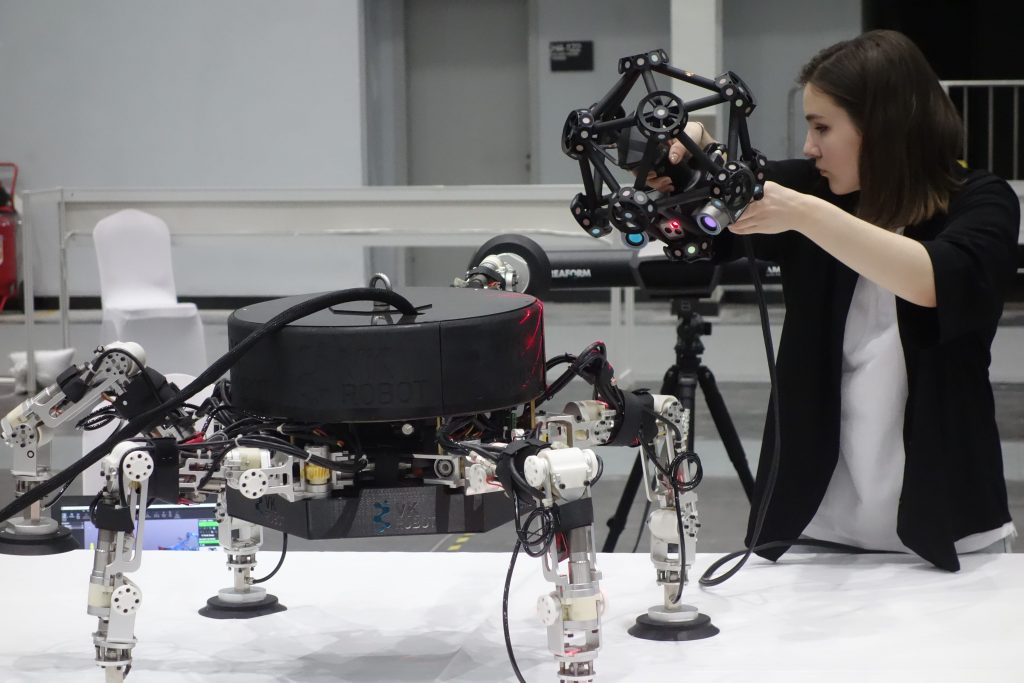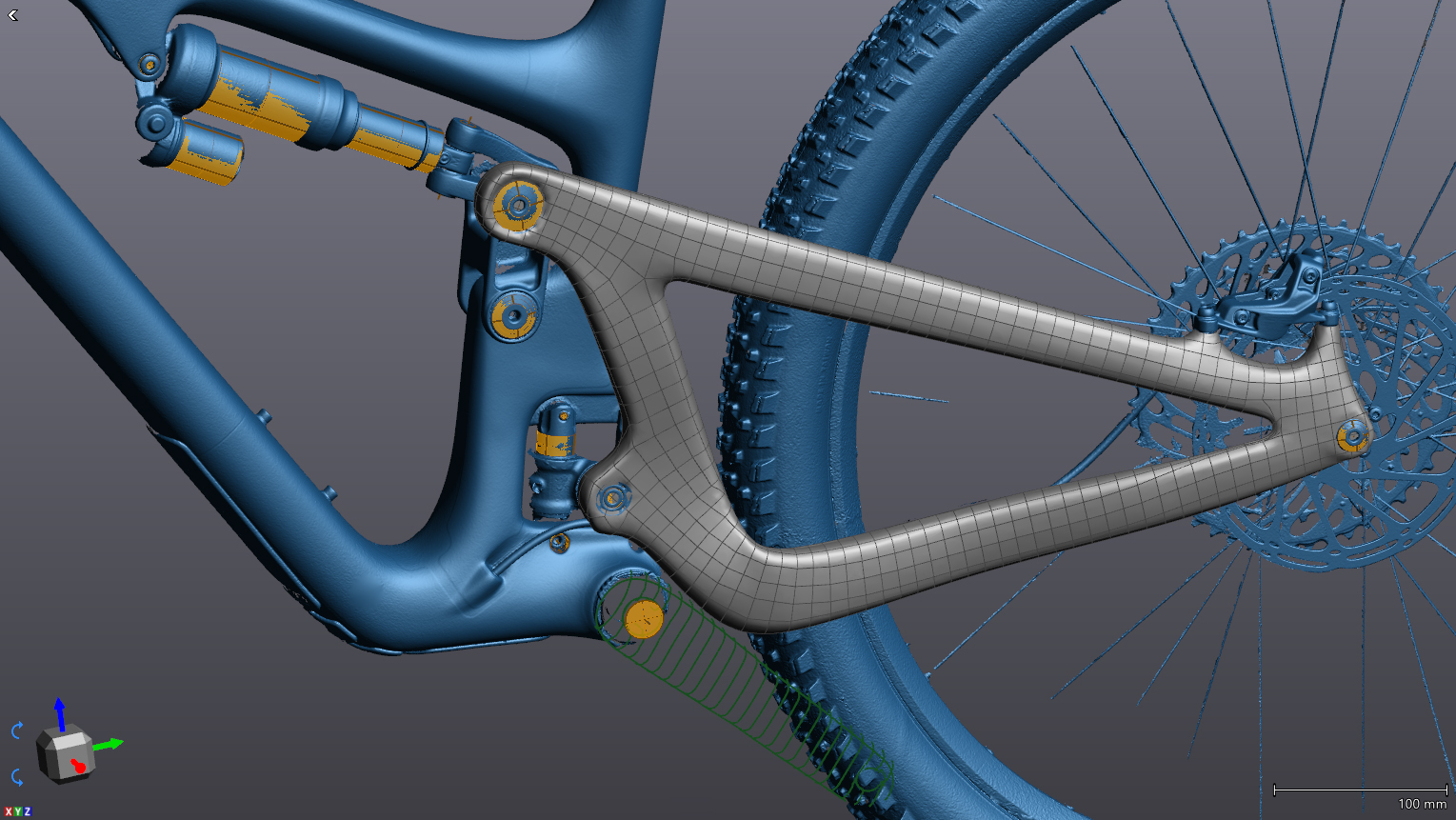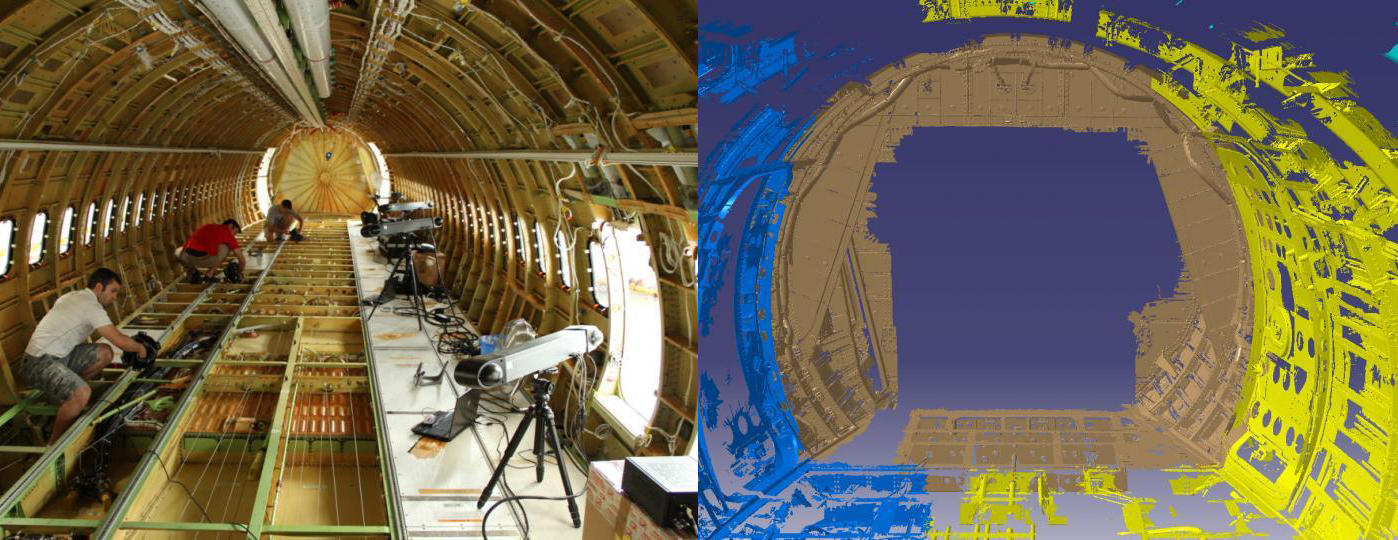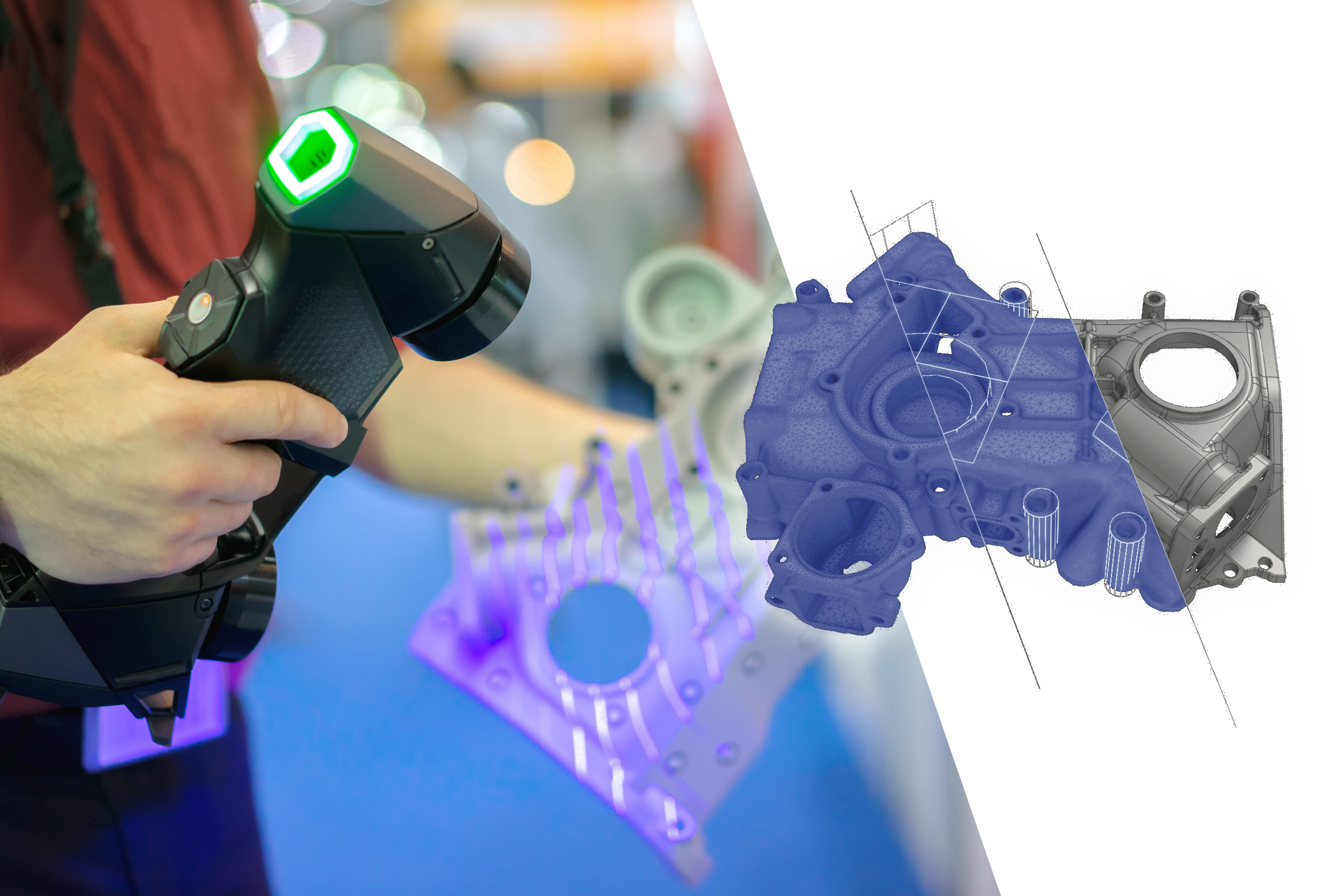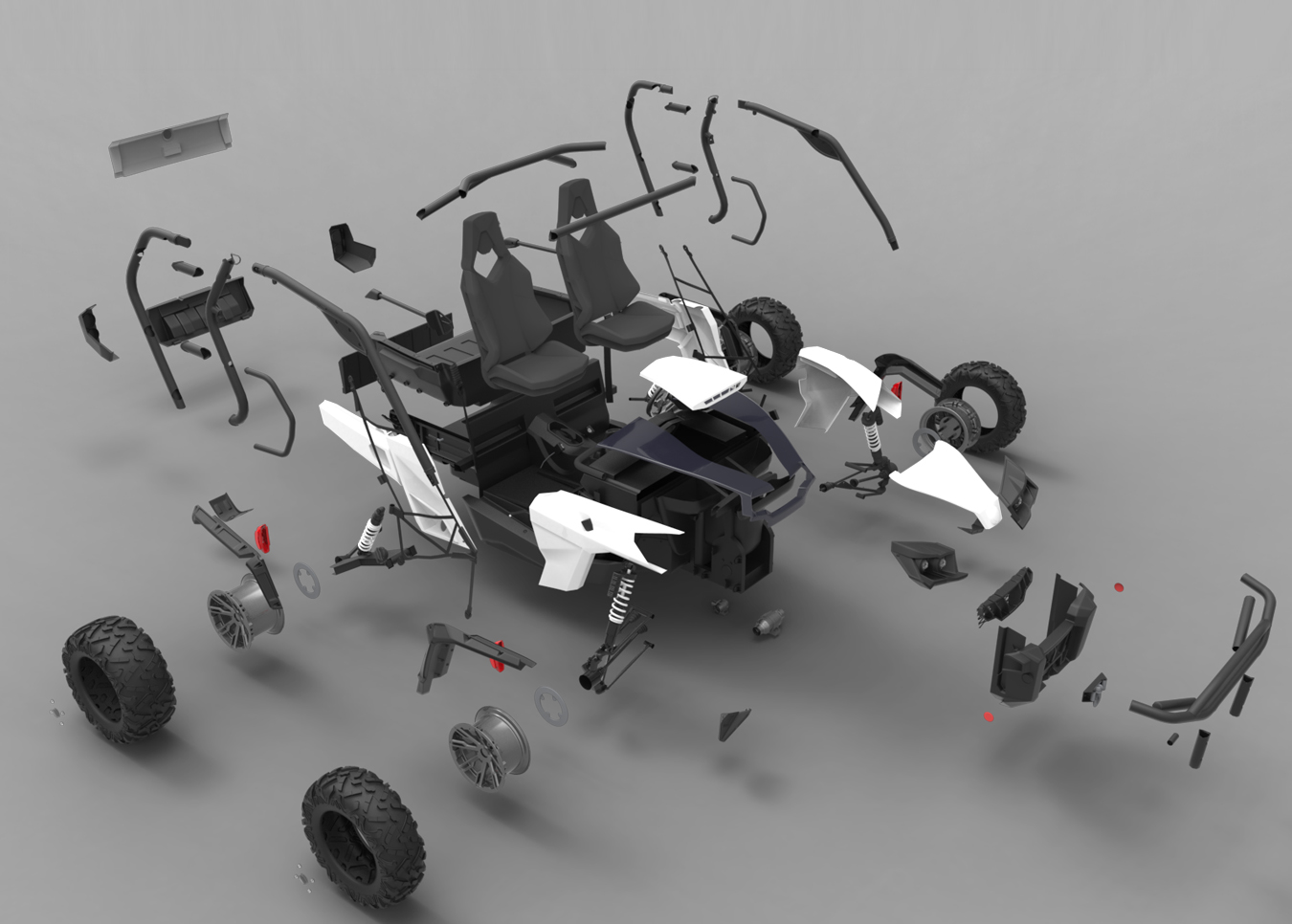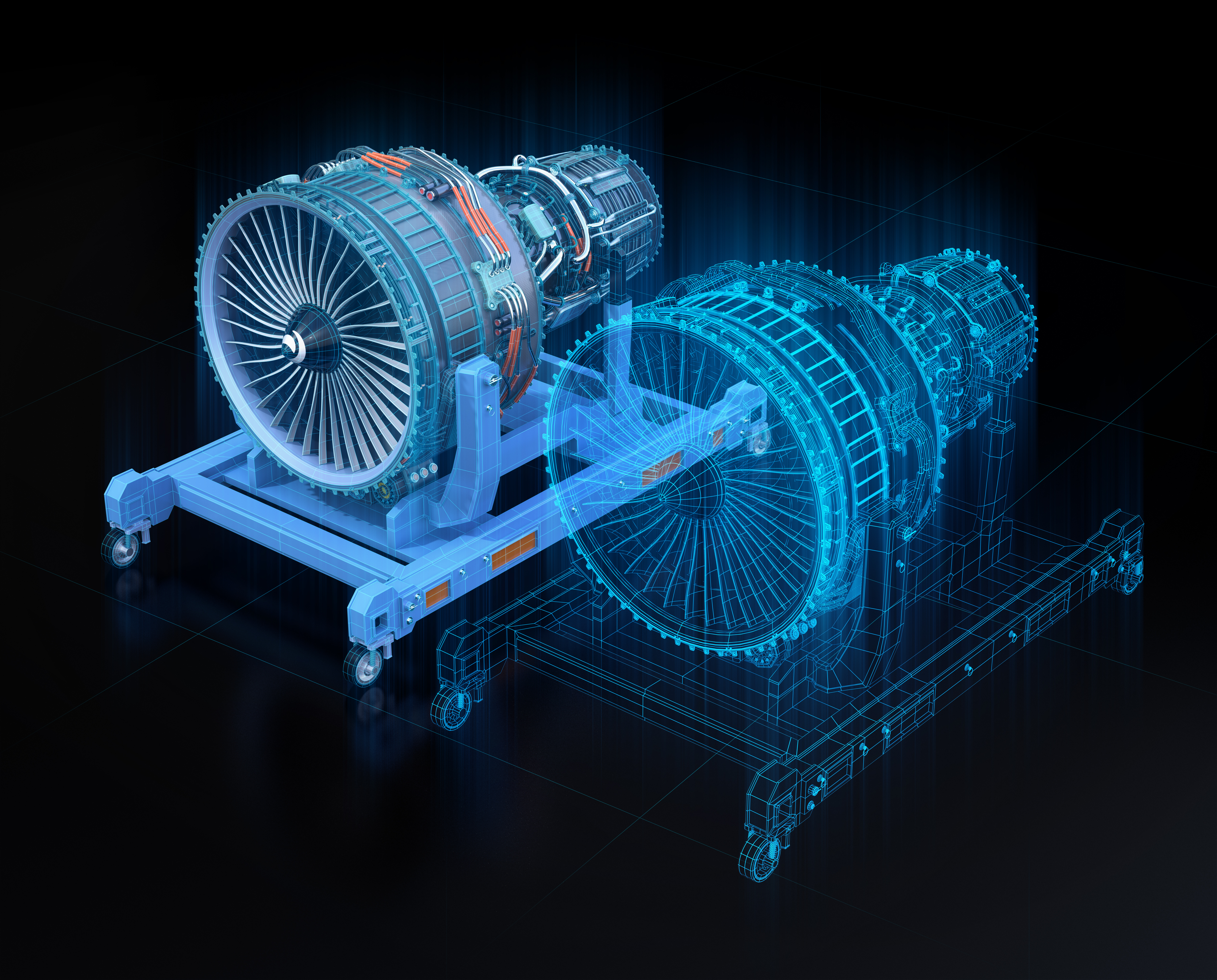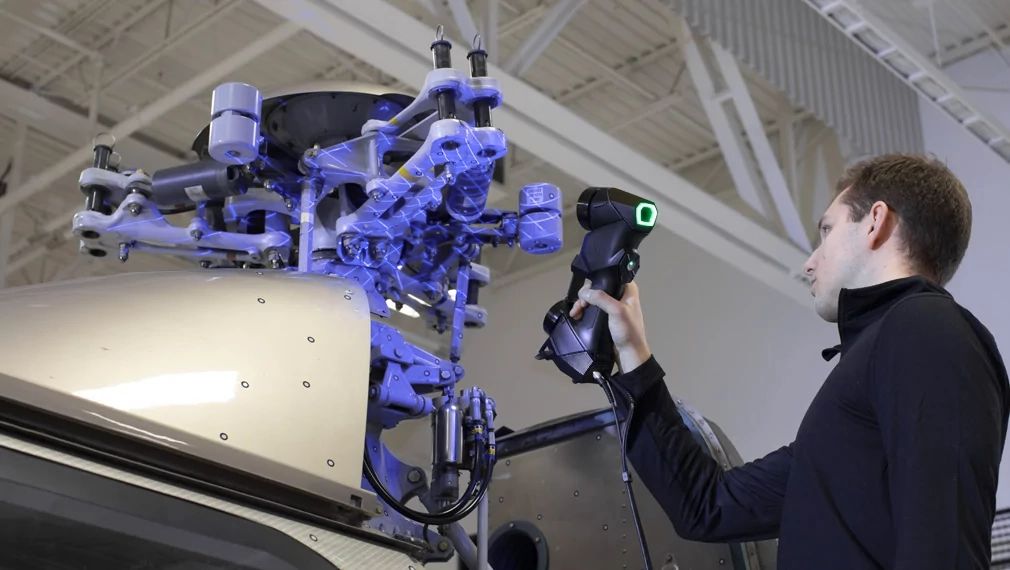September 20, 2024
Revolutionizing Custom Engine Fabrication with HandySCAN BLACK Elite & VXmodel See the articleReverse engineering is the process that identifies a physical object’s properties by performing a comprehensive analysis of its structure, functions and operations. Measurements of the object’s full surface geometry are taken, either manually or with various 3D measurement technologies, to create a 3D digital representation of the object.
Reverse engineering allows manufacturers to understand how a part was designed in order to either replicate it, or make modifications or enhancements.
Reverse engineering is also known as back engineering. The reason? Reverse engineering teams work “backwards” from the original design process; they start with the end result, deconstruct the product, and carry out assessments and measurements in order to obtain the physical design information.
History of reverse engineering
While many people believe that reverse engineering started in the 18th century with the dawn of the factory system, this is not the case. In fact, reverse engineering has existed since the beginning when humans made things, such as wheels, carriages, and even architectural infrastructure. In order to recreate these objects, reverse engineering—as rudimentary as it was back in the day—was used. The object’s dimensions were taken, either as a whole or in parts, and rebuilt.
For example, the Roman Army, which did not have a standing navy until after the First Punic war, was able to reverse engineer a Carthaginian quinquereme in 264 BC. Thanks to the Romans’ renowned ingenuity, they created—and optimized a fleet of 300 ships in 3 months that was capable of out-matching the Carthaginian fleet in numbers and intricate naval manoeuvres.
Reverse engineering techniques have greatly evolved since those bygone eras. While reverse engineering may have started with military applications, it is now useful in many different fields, including manufacturing.
Over the years, many different technologies have been used by manufacturers in order to acquire measurements of an object and import them into CAD software for 3D modeling.
Coordinate measuring machines (CMMs), probe systems and robot-mounted articulating arms have been widely used for reverse engineering and eliminate the issues associated with manual methods. The choice of using one 3D measurement technology over another depends on the required tolerance levels, data density and speed, the part’s features, and the device’s line of sight and ease of use.
Nowadays, manufacturers are increasingly using portable 3D scanners for reverse engineering. The reason? They generate highly accurate, reliable and repeatable results, just like the aforementioned technologies. However, they are faster. They are also easy to use by operators of any skill level and 3D data of a part can be acquired right on the shop floor.
When is reverse engineering used?
For manufacturers, reverse engineering is a critical process. There are many common uses of reverse engineering.
Reverse engineering is often used when there is limited knowledge on a part’s engineering, the original documentation is missing, or if there are no 2D or 3D drawings/CAD models. Reverse engineering is particularly important if a part’s design information is only on paper or reliant on human memory.
Companies also reverse engineer parts when replacement parts from an original equipment manufacturer (OEM) are not available, either because the OEM no longer creates them or the OEM no longer exists.
Reverse engineering is also used to optimize assemblies for production and enhance products with new features.
Manufacturers also use reverse engineering techniques to improve a part that is failing, or reproduce handcrafted parts or assemblies.
Sometimes, reverse engineering is simply used to build a digital archive of parts or create a virtual environment for future reference.
What are the benefits of reverse engineering?
Reverse engineering is important for manufacturers in a number of ways.
Reverse engineering can reduce the risks associated with legacy products and products with vulnerabilities. Reverse engineering can reproduce replacement parts as well as identify and help to correct faults in products.
Furthermore, reverse engineering can accelerate product innovation. For example, an engineering team can explore designs of existing products and look for ways to increase their performance, upgrade features, or find ways to slash production costs.
Manufacturers leverage reverse engineering to quickly produce parts rather than purchase components from an OEM that may have long lead times and demand premium costs.
Reverse engineering can also be a key strategy in a manufacturer’s proactive maintenance plan. By reverse engineering critical components before they fail, a manufacturer can stock replacement parts and reduce unplanned downtimes.
Where is reverse engineering used?
Manufacturers across multiple industries leverage reverse engineering processes to optimize their production, gain a competitive edge and cut costs. Here are the most common industries that use reverse engineering.
Aerospace industry
The aerospace industry uses reverse engineering to:
- Carry out aerodynamic analyses
- Develop maintenance plans for aircraft
- Add, enhance or fix aircraft components
- Tooling manufacturing
Automobile industry
Automobile manufacturers often carry out reverse engineering for:
- Studying the competition
- Digitalizing parts of older vehicle models
- Understanding issues with vehicle components
- Producing replacement parts
Tooling companies
Tooling companies rely on reverse engineering to make:
- Jigs
- Fixtures
- Dies
- Molds
- Parts for machine and cutting tools
- Etc.
Consumer goods
Manufacturers of consumer goods opt for reverse engineering to:
- Quickly develop prototypes
- Test and validate conceptual designs
- Analyze competitor products
- Documenting and archiving different design iterations
Art and heritage preservation
Experts in the art and heritage preservation sector depend on reverse engineering for:
- Recreating works of art for educational purposes
- The digital preservation of visual arts, like paintings, sculptures and ancient archaeological artefacts and historic buildings
- The restoration cultural artefacts
Discover a concrete application of reverse engineering
How car manufacturers use reverse engineering
What is the reverse engineering process?
Before beginning a reverse engineering project, it is important for a manufacturer to determine its exact needs. Does the manufacturer want to reproduce a component as-is (as-built), with faults, wear, etc.) to analyze why the part doesn’t work, identify the reason there are issues with an assembly, or to reproduce an existing tooling?
On the flip side, a manufacturer may want to understand the design intent; in other words, reverse engineering in this case would not replicate the parts defects and wear. Instead, the part’s 3D model would be perfectly reconstructed and all of the object’s parameters would be corrected.
Next, the manufacturer must decide which 3D measurement technology should be used, based on the application and the environment in which the data acquisition will take place.
For the purpose of this explanation, let’s say that the manufacturer opts for a portable 3D scanner. A technician will prepare the part for scanning based on the 3D measurement technology being used. The technician will then scan the part that needs to be recreated, capturing all the dimensions of the part.
Once the part has been fully scanned, the ensuing STL file (either a mesh or point cloud,) is then imported into scan-to-CAD software, such as VXmodel, for a post treatment process. This process cleans, repairs and refines the data. It also splits the object into different regions and shapes to help construct the 3D model later on. Finally, the post-treatment process positions the object in the coordinate system (also known as alignment).
The updated STL file is imported into CAD software that features reverse engineering tools or a standalone reverse solution. A reverse engineering expert or industrial designer can then create the 3D model as-is or generate the 3D model, make any changes, and, if necessary, integrate it within an assembly.
The manufacturer can produce a prototype of the 3D model by sending it to a 3D printer. Experts can assess whether further work needs to be conducted on the 3D model before achieving the desired result.
Once the ideal 3D model has been created, the manufacturer can then make the part, either as a one-off or batch production.
How does 3D scanning speed up reverse engineering?
Contrary to manual methods and other 3D measurement technologies, portable 3D scanners significantly speed up the reverse engineering process.
First, they are quick to set up and can often be used right on the production floor. As many manufacturers know, bottlenecks at the CMM are a regular occurrence, which inevitably causes delays for any reverse engineering or quality control project. Moreover, because 3D scanners are easy to use, they do not need to be operated by a qualified metrologist; in today’s tight labor market, experienced metrologists are hard to come by and inundated with work. 3D scanners, which can be used by operators of any skill level, are therefore a viable solution for reverse engineering a part or assembly.
Second, 3D scanners can capture millions of data points per second. Depending upon the part, a user can achieve a scan to mesh in seconds. The speed of 3D scanners can greatly accelerate a manufacturer’s reverse engineering workflows.
Third, 3D scanners are highly accurate—regardless of the complexity of a part’s geometry or surface finish. This eliminates not only human error often associated with manual measurements but also inefficient back-and-forth data acquisition and lengthy interpretation of results.
Discover our 3D scanning technologies for reverse engineering
The future of reverse engineering
The future of reverse engineering looks very bright indeed. As technological innovations continue in both 3D measurement equipment and reverse engineering software, reverse engineering workflows will become even more efficient and sophisticated as manufacturers look to raise their products’ effectiveness, develop news solutions, and improve their production processes and bottom lines.
The importance of reverse engineering in manufacturing is undeniable. It opens the door to unprecedented innovation.

